
It’s not a stretch to say that smartphones have, for some time now, felt monotonous. I’d even go as far as to say uninspired. Each year companies like Apple, Samsung, and Google release their new line of sleek, recycled aluminum and glass bricks, unveiling them at exclusive press conferences with much pomp and circumstance; though once revealed with the confetti settled, turn out to be mere iterations of their device from the year past. Long gone are the days of companies like Nokia releasing a phone that looked like a stick of lipstick, or BlackBerry’s “Pearl” that was a must-have for every wannabe Wall Street broker, or Motorola taking the world by storm with their now iconic, “RAZR.”
Now, an argument could be made that many of these structurally idiosyncratic devices weren’t necessarily “good” products, but merely marketing ploys as phones weren’t nearly as capable back then as they are now (the “Pearl” aside), and so companies having their product stand out through hardware design was the only way to separate their phone from the rest. But there was still a willingness to attempt innovation, to try something new and different even if it failed; and even if companies knew the numbers wouldn’t support the risk. Which is not something I can say for the current state of the smartphone market. Well-known YouTuber Marques Brownlee, known as MKBHD, made a video a few years back that questioned this very idea of us having potentially reached “peak smartphone,” saying that innovation henceforth (from 2020, when the video was published) in the market will come in the form of software upgrades, power, and computational photography.

He would go on to outline just how far we’ve come in the space in terms of the capabilities of these devices, even if structurally we are indeed all simply carrying, as he puts it, “glass rectangles.” Personally, however, I can’t help but feel that even with our phones being as capable as they are with each year admittedly bringing in new software improvements, smartphone manufacturers have gotten stagnant; one in particular more so than others: Apple.
In just a couple weeks Tim Cook and his lackeys over at Cupertino are slated to unveil the iPhone 15. As with any new iPhone, the internet is lush with leaks abound on what the device will look like, its features, as well as any notable design changes. There was a time when I would eagerly scour forums and Twitter (now X) profiles to get snippets on the upcoming iPhone, though ever since 2017 when Apple released the iPhone X, I’ve found myself more and more disinterested with each passing year. Apple have for over a decade now followed a “tick-tock” formula when it comes to their iPhone designs. One year their focus will be on design changes, with that design carrying over for the next year, which usually sees notable performance and camera upgrades. Though it seems since 2017, Apple has focused far more on the “tock” portion of this formula, with the years that a design change was due seeing very minor aesthetic changes.
This year, it seems that very trend will unfortunately continue, possibly even egregiously so. As recent leaks suggest, the iPhone 15 and 15 Pro will dawn the same rectangular body with chamfered edges, the same notch on their displays, and the same respective camera modules. The most notable feature being that the phone will now be made of titanium instead of aluminum, which will supposedly bring down its weight. Also, due to a mandate made by the EU, the phone will now have a USB-C charging port instead of the now decade old (and proprietary) Apple Lightning port—thank the heavens. It’s all very blasé, if I’m honest. It would be one thing if Apple were manufacturing another tier of smartphone like a foldable, in which case having your mainline phones continue their design aesthetic is (somewhat) understandable; a formula that Samsung have adopted. But Apple aren’t even doing that. “Foldables” have been a part of the market for over half a decade, with Samsung’s Galaxy Z Fold 5 refining (and arguably perfecting) the form-factor. It’s known amongst the tech community that Apple don’t tend to jump into new hardware or software trends until they can do it the “Apple way,” but being this late to a rapidly growing market—one which is currently dominated by Samsung—is questionable, even for Apple.

One responsibility of tech companies should be to find new avenues to have their products and services solve human problems. Innovation is integral to that goal, and should be in the best interest of any company. Unfortunately, when companies are publicly traded and have to serve the unquenchable thirsts of shareholders, innovation becomes an afterthought. Apple have gotten very good at optimizing their supply chain so that there “flagship” products of today can be trickled down to their “budget” products of tomorrow; like a well-packaged hand-me-down. They’ve become a multi-trillion dollar company this way. The problem, however, is that due to their influence on the industry, you have up-and-comers like Nothing making phones that take clear design-language inspirations from them. And though there’s nothing wrong with that—and good on Nothing for their continued success and for making a commendable product—it makes for a marketplace that’s oversaturated with “safe” products that don’t challenge the status quo, nor our ideas of how we interact and communicate with our existing devices.

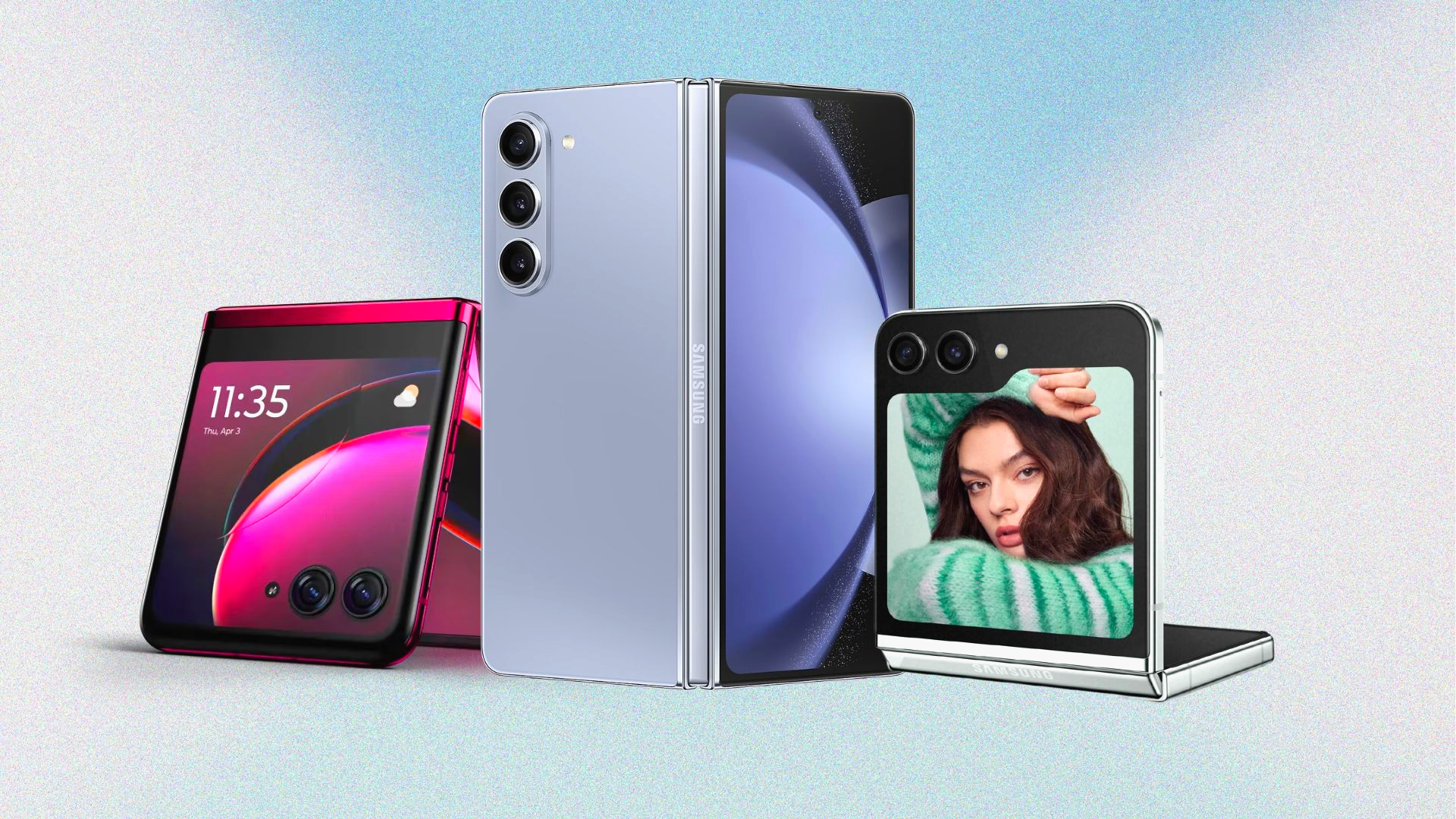
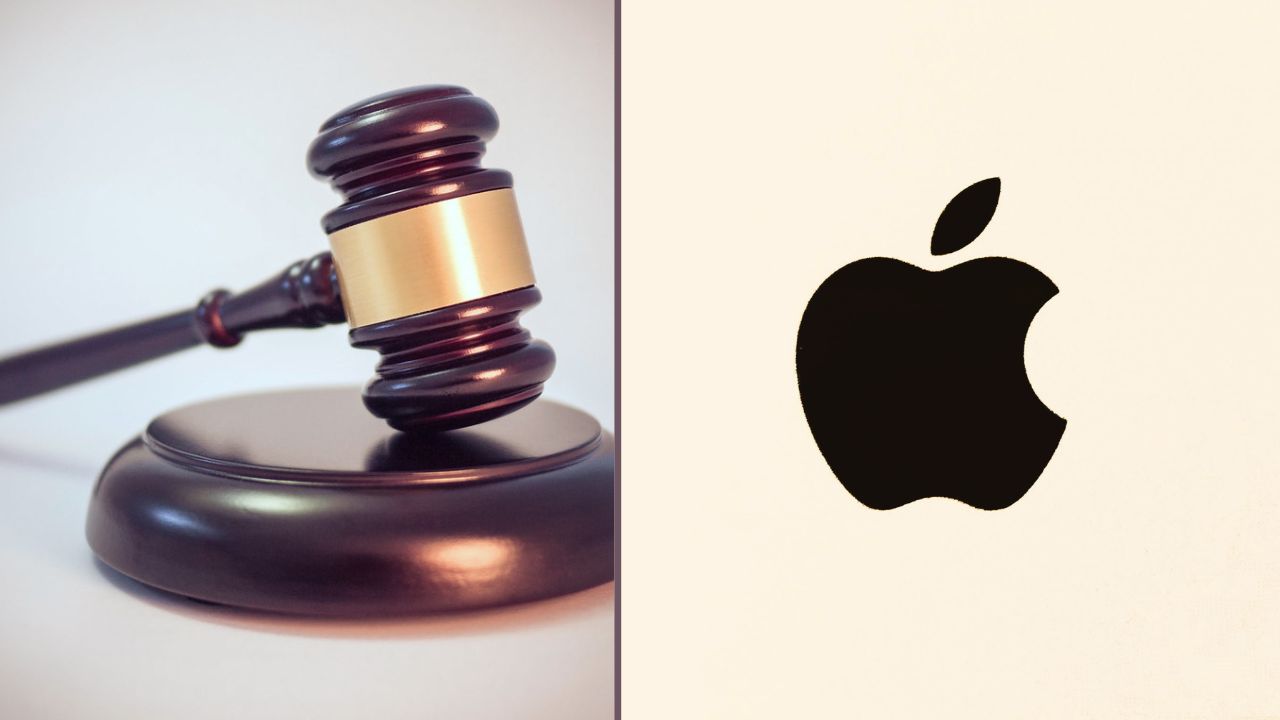
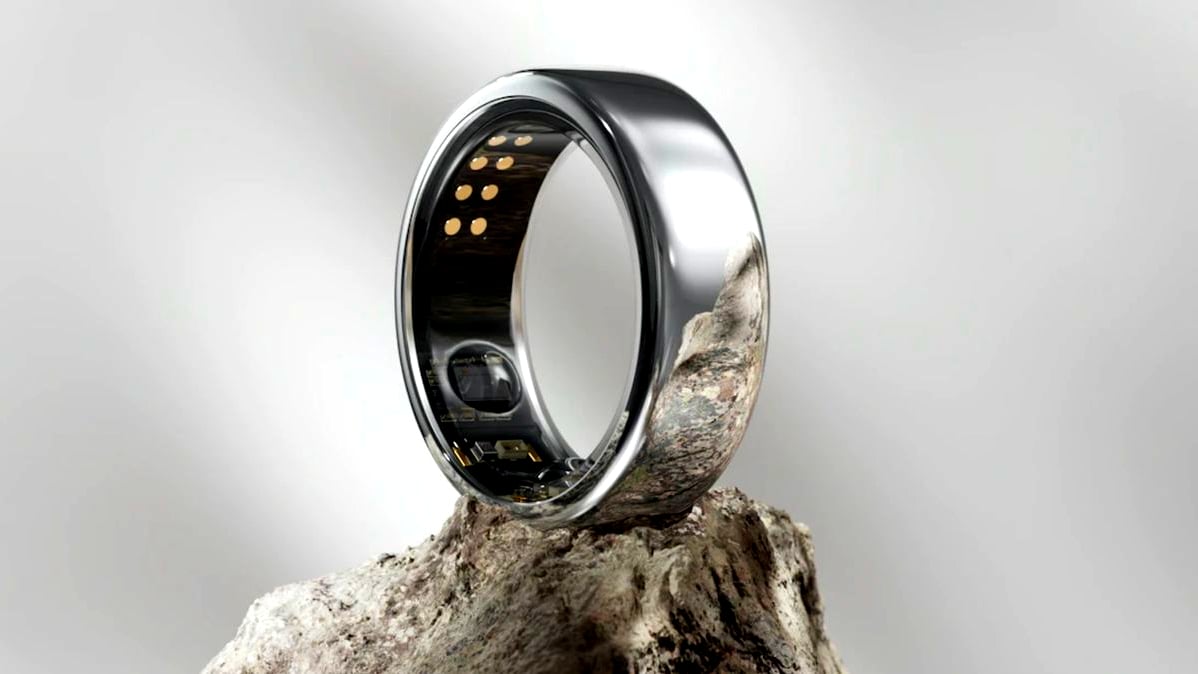
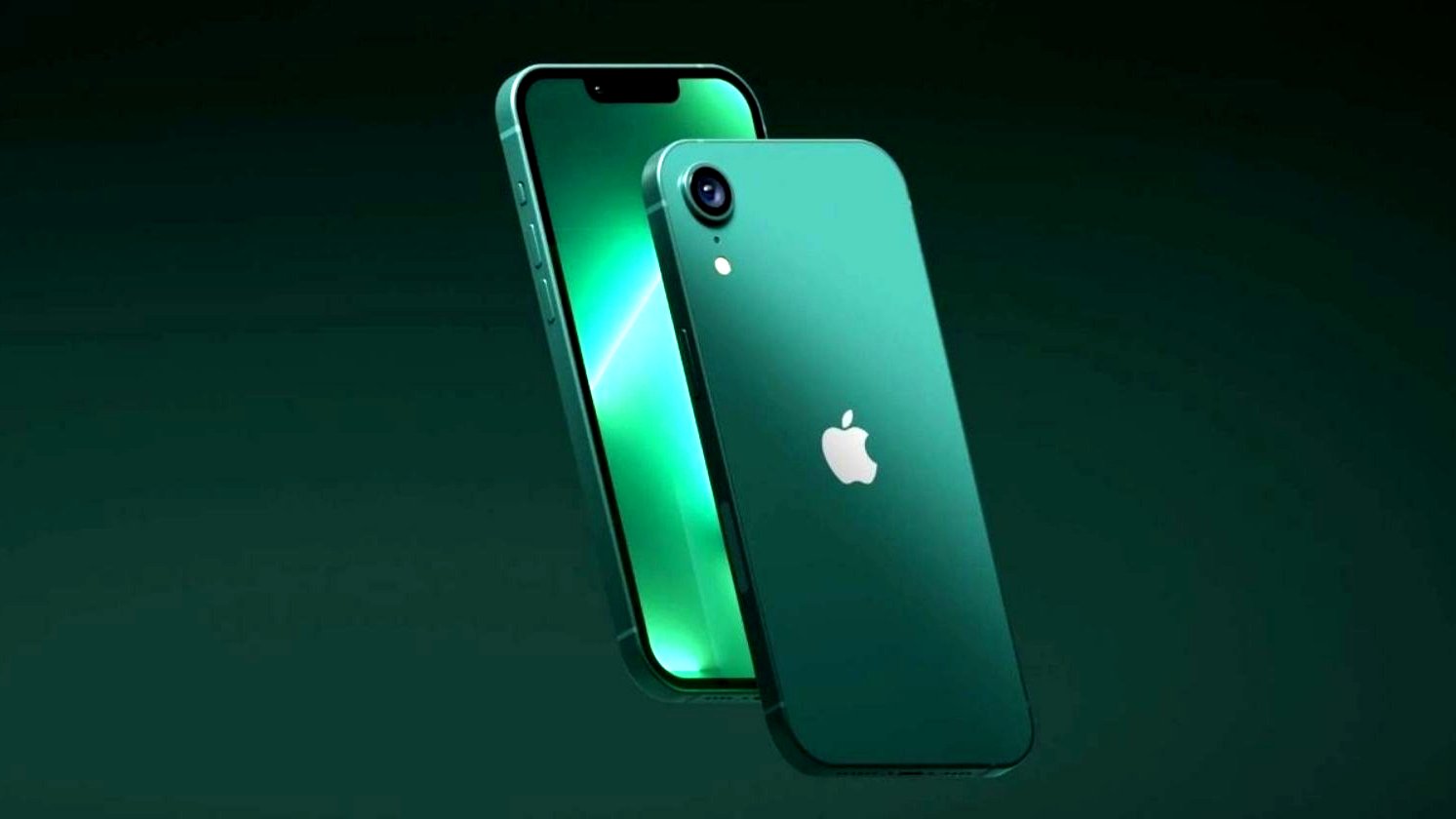
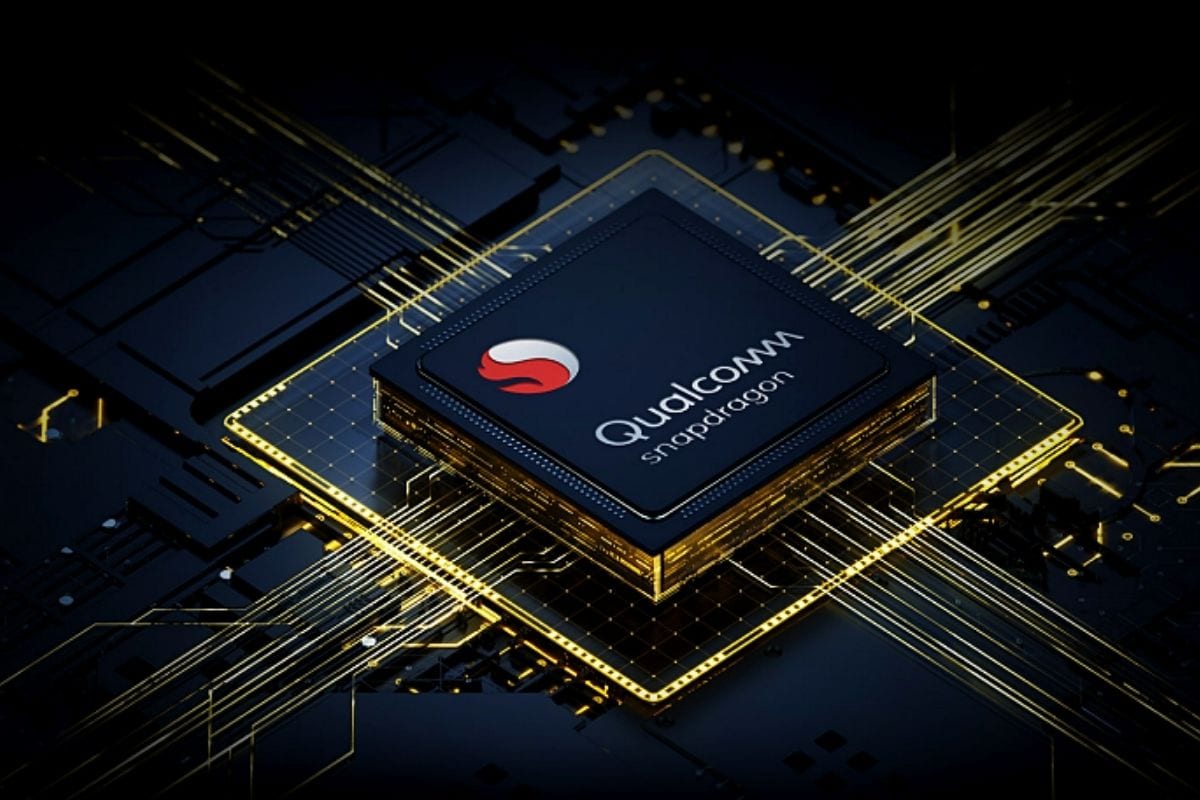
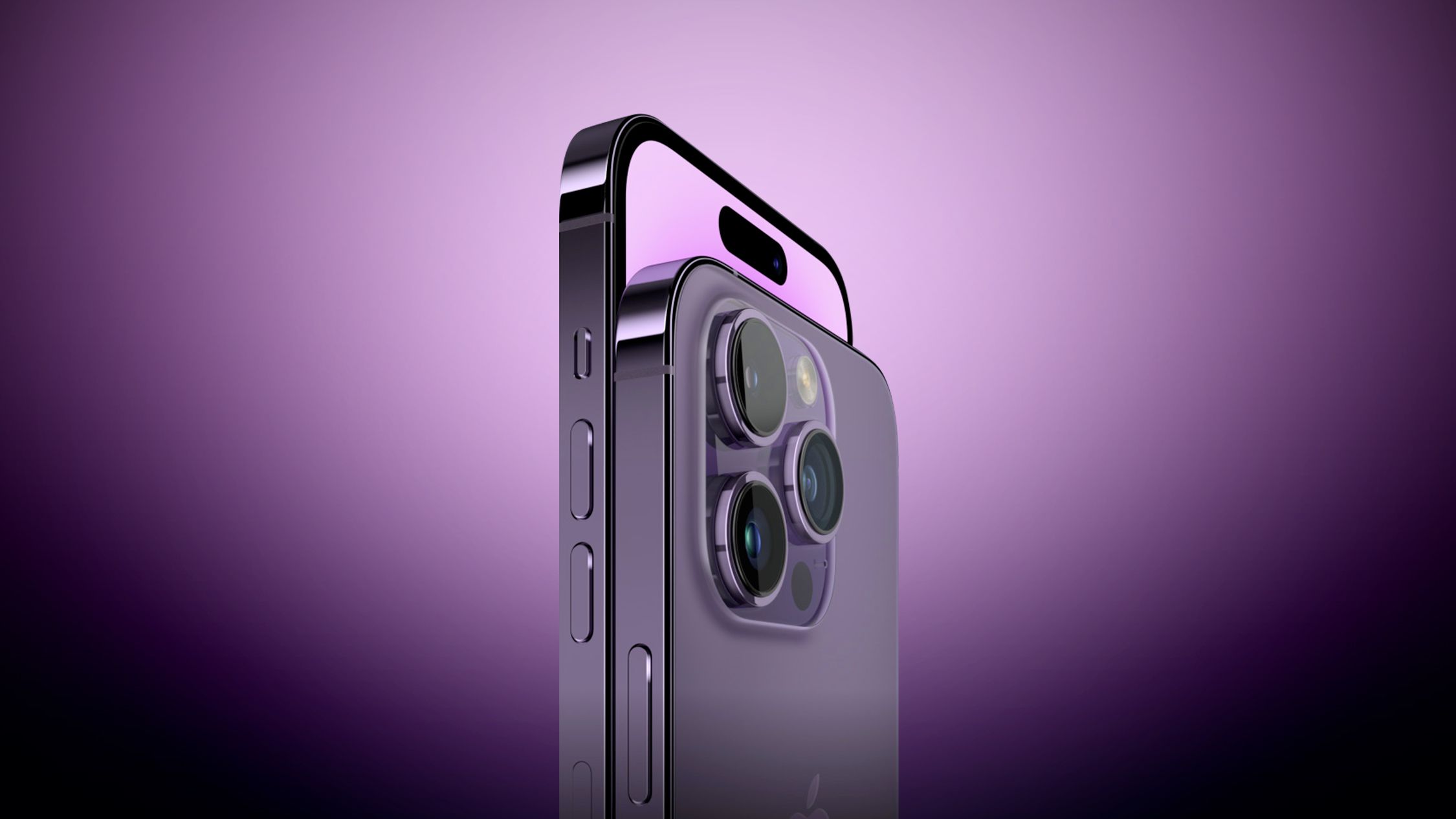

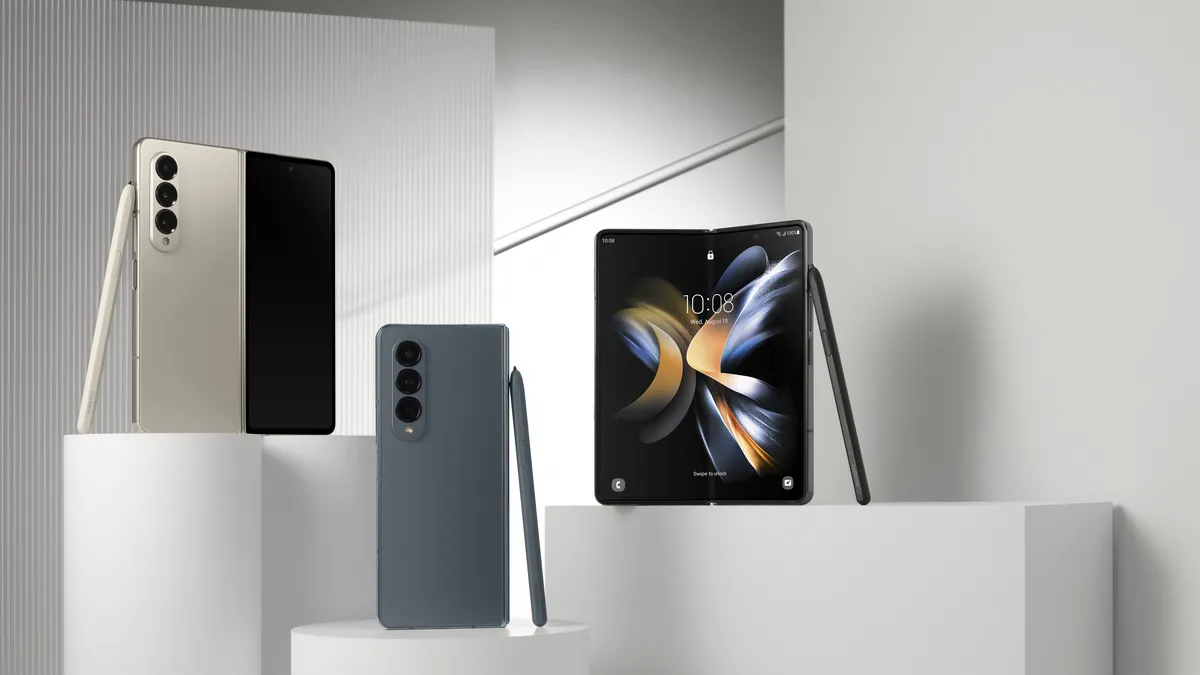
No Comments yet!